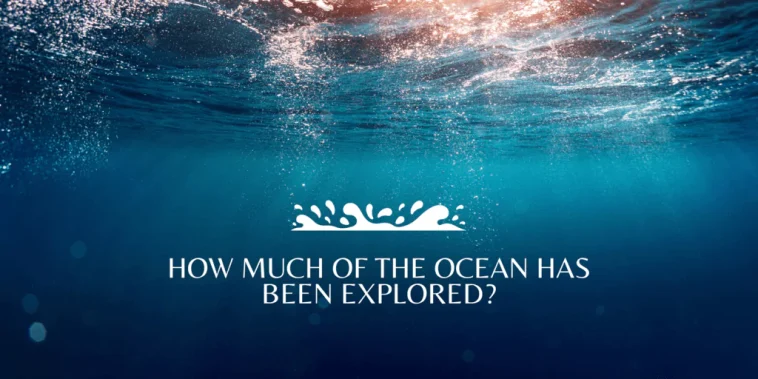Oceans are majestic and mysterious at the same time. The beauty of the ocean surface attracts us but it could be really dangerous deep down.
Most of our oceans are still a mystery, unexplored, unmapped, and hidden from view. It may come as a surprise, but humans have only explored about 5% of the ocean. The rest, especially the deep sea, remains largely untouched and unknown.
The creatures which we never seen or believe to be real exists in abyss darkness. You can feel the intense lungs crushing pressure and suffocation just by imagine how deep, dark, lonely & silent it could be while scrolling through this post.
A World Less Known Than the Moon
When it comes to the ocean we think why is it so mysterious? We have covered 70% of our planet, but more than 80% of the ocean floor remains unmapped. It’s an alien world itself on our planet.
Exploring the ocean surface is like trying to solve a puzzle and it’s not easy. Because reaching those depths isn’t that easy. No sunlight, water pressure and freezing temperatures makes it difficult for explorations.
Tools of Discovery
Good news is modern explorers aren’t giving up. Advanced tools needed to peel the ocean’s curtain.
Remotely Operated Vehicles: These remotely controlled devices are operated by ship. They capture footage, take samples, and go where humans can’t.
Autonomous Underwater Vehicles: They used to map large areas and gather data.
Multibeam Sonar: Instead of eyes, we use sound. Maps are created by bouncing sound waves on the ocean floor. This gives a 3D picture of the surface.
Human Submersibles: Manned crafts like Alvin or Limiting Factor carry explorers into the abyss. Offering real-time observation of deep-sea.
Hope You’ll Enjoy the Journey to the Ocean Floor
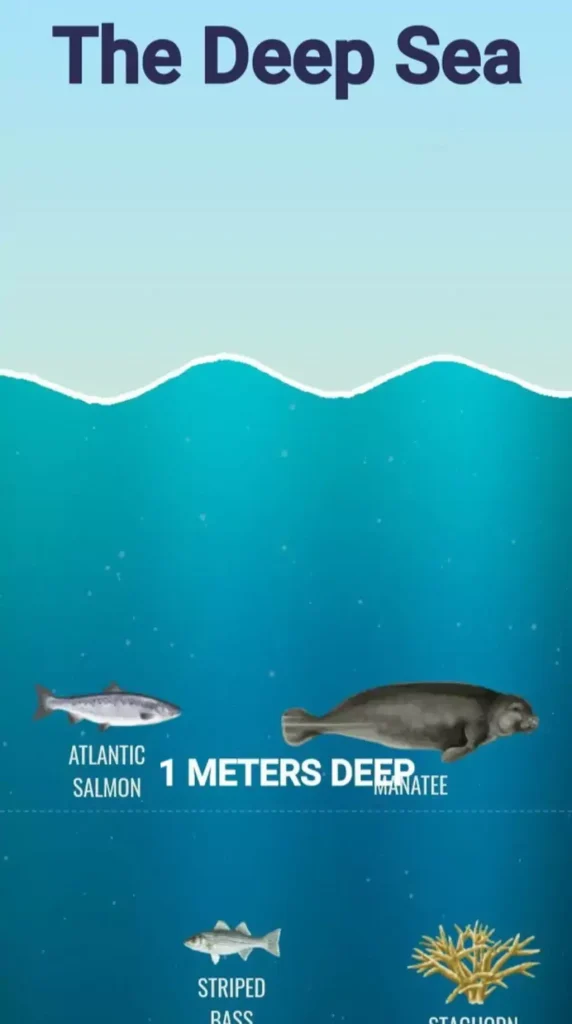
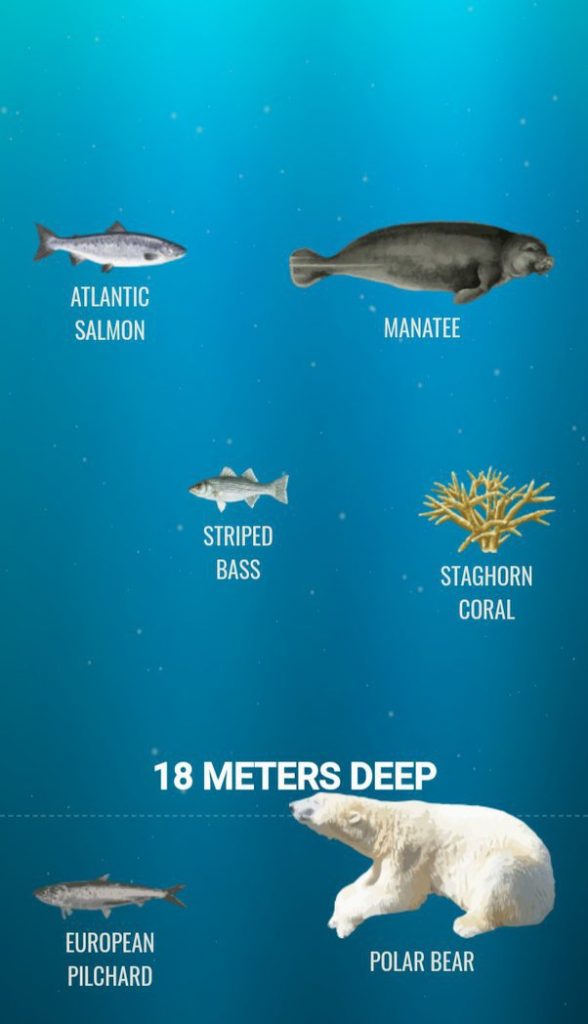
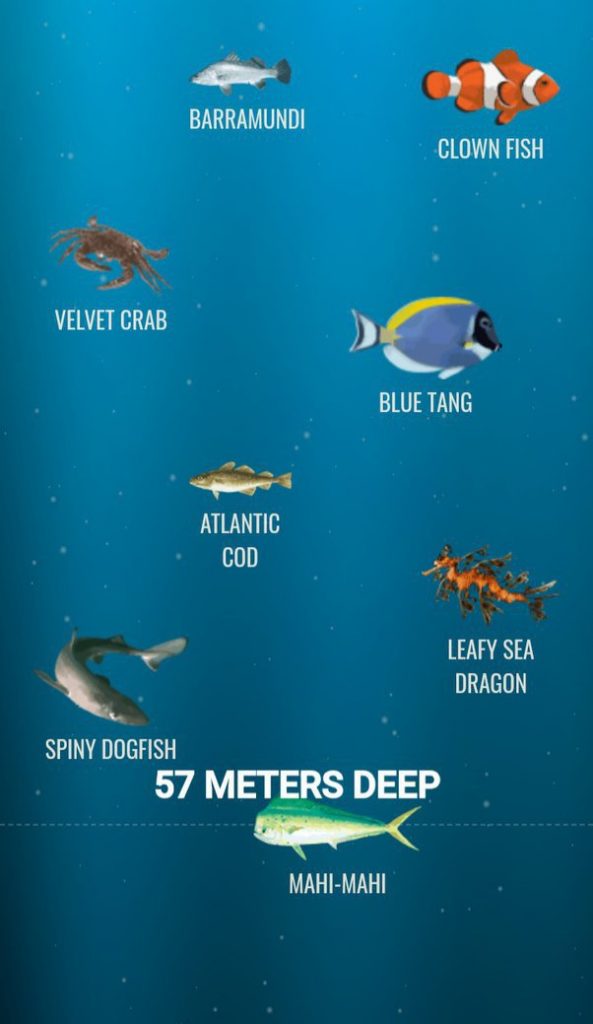
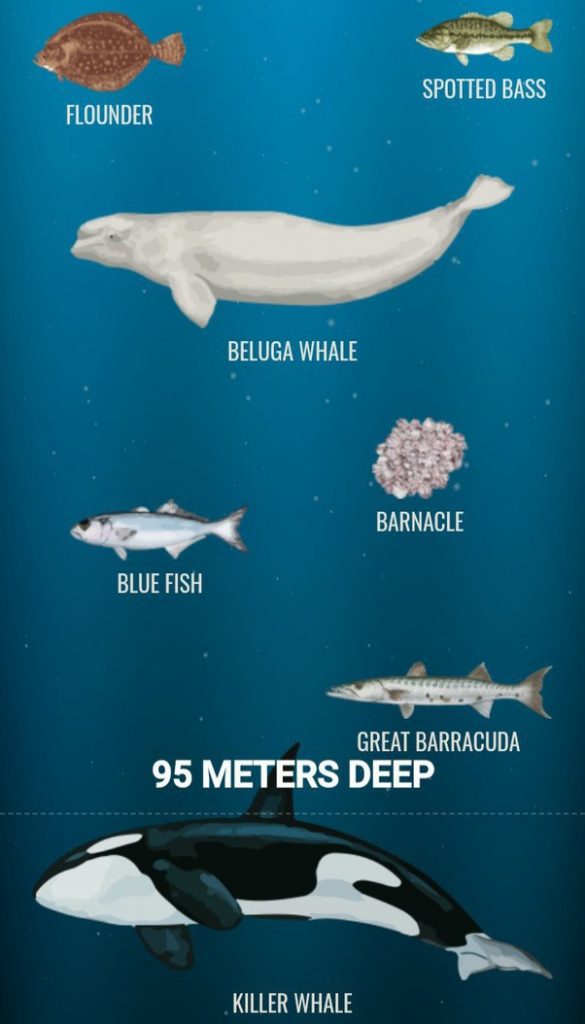
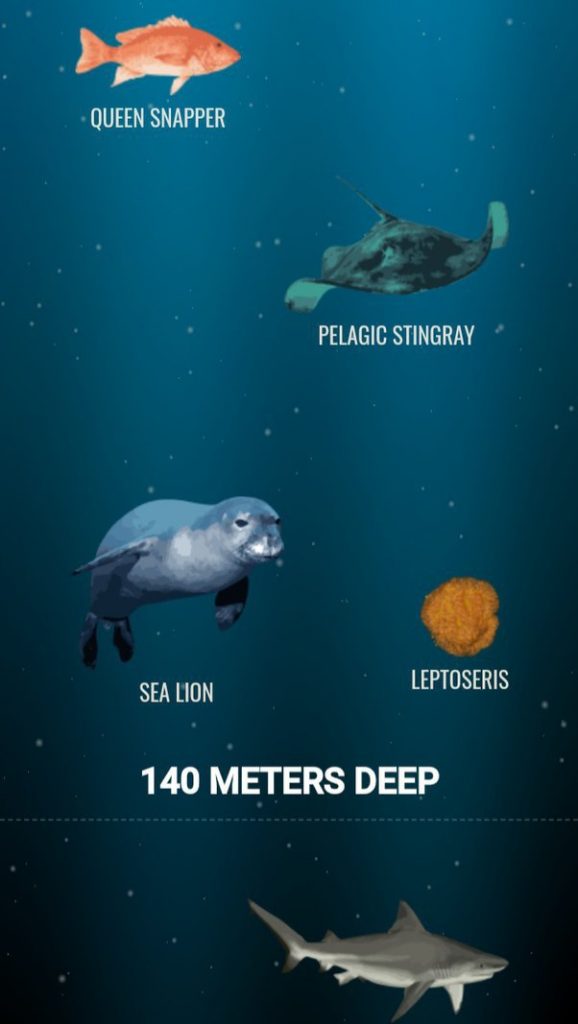
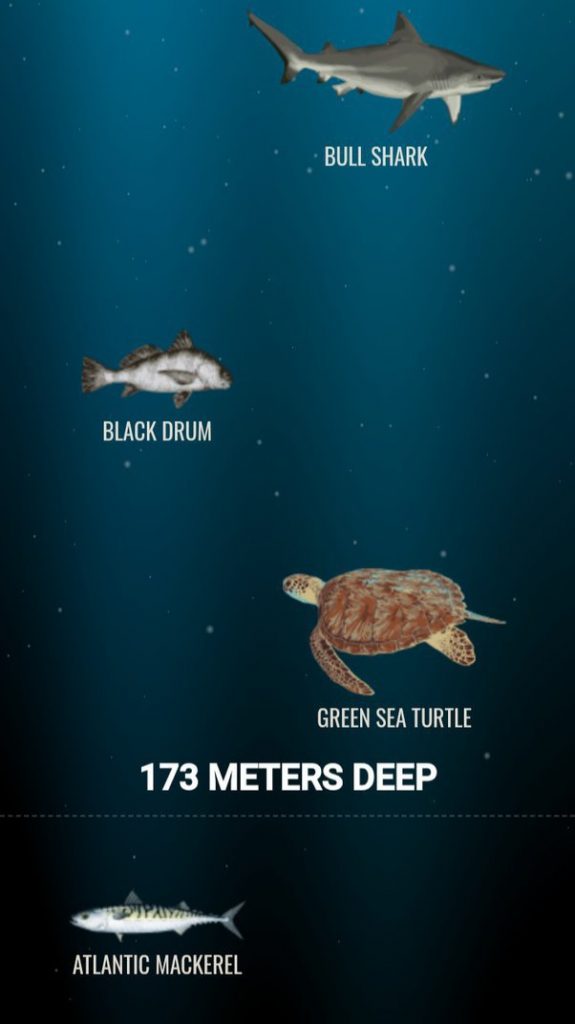
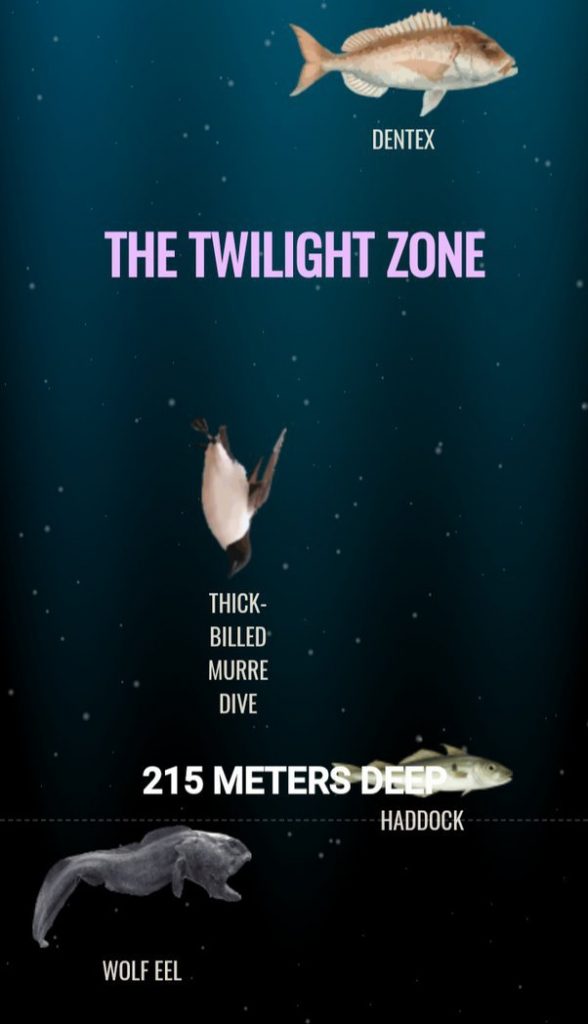
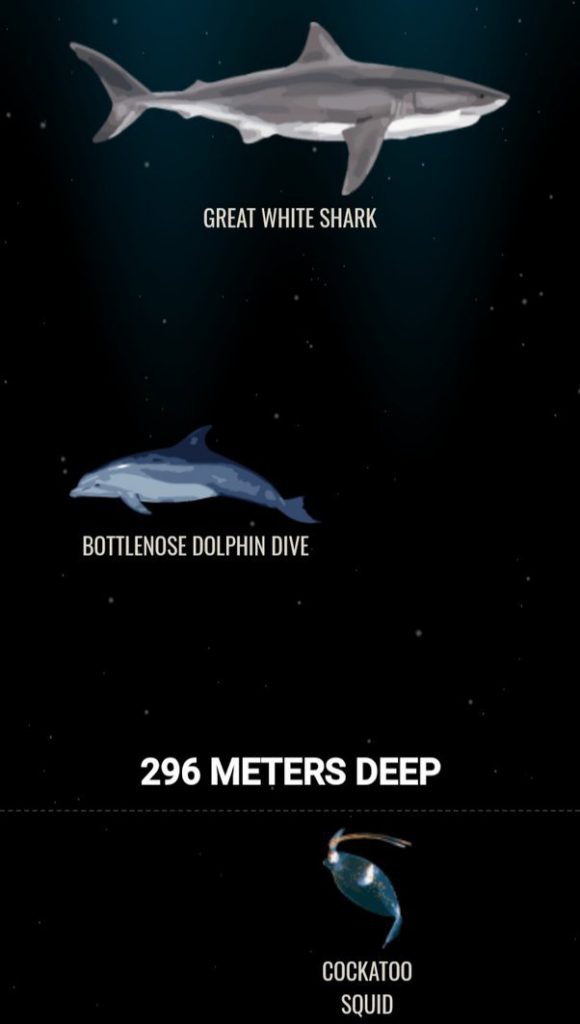



































































































Its been really challenging to explore oceans. The Challenger Deep stands as a testament to human determination, an incredible feat of exploring one of the deepest and most unreachable parts of the ocean floor.
Hope you enjoyed the journey to the core.
Also Read:

